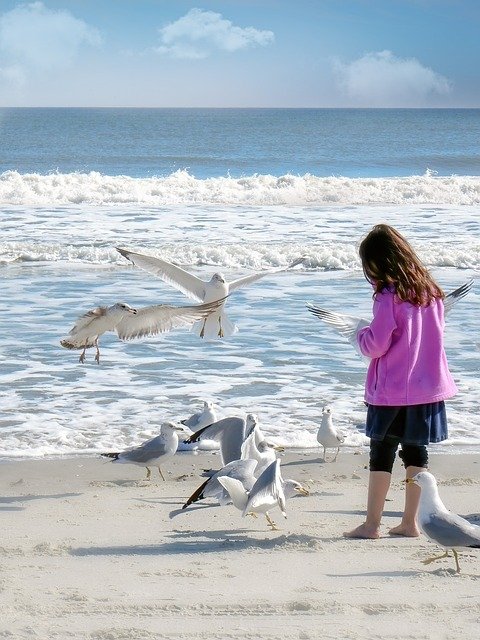In its recent bird flu update, the CDC reported results of serology testing from the close contacts of a recent H5N1 case in a child in San Francisco, California. The results show no human to human transmission of the virus.
Another child in California tests positive for H5N1, with an unknown exposure source:
This was the third report of a child from California being infected with H5N1. We previously discussed an H5N1 positive case in a child from Alameda County who experienced mild respiratory symptoms in November. The source of the child’s exposure remains unknown. We then discussed a probable H5N1 case in a child in Marin County, California reported in December.
The case referred to in the CDC’s update was the third reported case in a child, this time from San Francisco.
On January 10, 2025, the San Francisco Department of Health reported a presumptive positive H5N1 case in a child resident. The child reportedly had conjunctivitis and a fever, but was not hospitalized and “has since fully recovered.”

As with the last two cases, the source of this child’s exposure is unknown. The positive case was detected during testing “as part of enhanced surveillance efforts” at San Francisco’s public health laboratory.
According to the press release:
“The child initially tested for COVID-19, influenza, and RSV based on symptoms and tested positive for influenza A. As part of SFDPH enhanced surveillance, the specimen was subsequently tested for H5N1. An initial investigation by SFDPH has not revealed how the child may have contracted H5N1 bird flu. The Department is continuing to investigate, including assessing all close contacts. Again, the risk to the general public remains low as there is currently no evidence of person-to-person transmission.”
Interestingly, the press release focuses heavily on warnings that the public avoid contact with sick or dead birds. This was mentioned many times. Although this is typical of most H5N1 case reports, it felt like it was mentioned more than necessary for some reason. Or perhaps I am reading too far into things.
Whether that points to potential routes of transmission currently under investigation is unclear. The health authorities would obviously include potential wild bird exposure, poultry exposure, raw milk, as the usual suspects in an investigation. But the not knowing where this came from seems to imply some type of environmental exposure, like from bird droppings or a passing encounter with birds. It sure doesn’t sound as if this child had any exposure to dairy cattle or other livestock, and thus the focus seems to be on some form of exposure from wild birds or poultry.
Close Contacts test negative for antibodies, indicating no transmission:
In its most recent update, the CDC stated that “there were no known animal exposures associated with” this case. There is no further discussion as to the potential routes of this child’s exposure, so it is clear that this remains unknown.

Notably, this report detailed the testing of this child’s close contacts.
The CDC conducted blood tests to determine the presence of antibodies. As expected, the child’s blood samples showed the presence of H5N1 antibodies, which makes sense since this was the positive case. In the child’s close contacts who were tested, the CDC noted that none were positive for antibodies, indicating they had no prior infection with H5N1. Thus, the conclusion is there was no H5N1 transmission from the child to any other person, so that’s good news.
But how did this child get exposed to H5N1 in the first place?
I do wish we knew more about how this child got infected, just like I wish there was more information about how the prior two child cases in California were infected. The majority of the H5N1 human cases we’ve seen recently have been in dairy or poultry farm workers, but there seems to be an increasing number of cases where the exposure source remains unknown. We can’t know the full extent of the risks of exposure to humans if we don’t know how they are getting infected in the first place.
Until next time.
For more bird flu updates and research study analysis, be sure to read my other articles and follow me on social media.
Leave a comment below and join the discussion, and always feel free to reach out to me!


